Having seen more than a few go by, I have a healthy suspicion of trendy terms and funding catchphrases. And I have to admit that my first reaction to the emergence of “resilience” as a lens for viewing community development was mostly informed by that skepticism. It was something along the lines of “I guess ‘sustainability’ needed a face-lift, huh?”
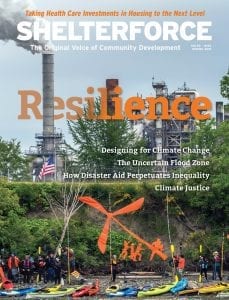
But actually, I think there is something our field needs to pay attention to in the specific concept of resilience. Resilience specifically refers to the capacity for individuals and communities to survive, adapt, and move forward in the face of crises. Crises can be communitywide—such as a storm, a financial collapse, a mass shooting, or an industry closure—or they can be specific to an organization or household—an office fire, rent hike, or unexpected death. 100 Resilient Cities calls these crises “shocks.”
Sustainability implies that we can and should get to a certain place and hold steady there. It’s certainly better than purely unsustainable approaches that just kick the can of irresponsible behavior to the future, whether that’s sprawling land use or escalating energy consumption. For communities and individuals that have been battered and weakened by ongoing disinvestment, displacement, racism, and poverty, the idea of achieving something stable and sustainable is incredibly appealing. But change and crises will continue to come—so we need to plan for something that is not only sustainable under current conditions, but is also more likely to be able to absorb and bounce back when the harder stuff comes.
Any kind of social injustice and disparity weakens resilience for those dealing with it, but the community development field has also recognized the need for explicit attention to resilience in many parts of our work. The shift from talking just about income to also discussing assets and cash flow in terms of financial well-being, for example, very much encompasses an individual-level resilience lens. Income is how you get out of poverty, but assets are how you stay out. Even something as seemingly simple as having a formal land title can be a huge step toward resilience in the context of disaster recovery, as the Caño Martín Peña Community Land Trust in Puerto Rico has shown. In terms of economic development, a focus on creating a diverse, locally rooted economy instead of putting all our eggs in the basket of one large employer also keeps this in mind.
Climate change is, of course, escalating the number and severity of shocks facing communities all over the globe. Low-income communities have long been on the forefront of suffering the negative effects of pollution and environmental degradation. Our field has campaigned for environmental justice and equity in terms of creating green jobs, and we have begun to incorporate green-building standards that reduce climate impact and utility costs. Making our buildings, communities, and systems resilient to the coming changes in weather patterns and water levels has to go on that list. We need better information about what’s coming, and we need to incorporate what we know into everything from our design specs to our homebuyer education.
Strong social networks, responsive institutions, and organized communities are a huge factor in resilience. In our health and communities supplement, we talk about the ways in which social infrastructure and social connection are an essential part of resilience that actually includes everyone—and the devastating mental health consequences if we shortchange these intangible components. Not only do we need strong social services, we need to prioritize community gathering places and development patterns that foster community and, frankly, we cannot lose sight of organizing. Community organizing is not only beneficial for the tactical wins it produces, but for the networks it builds that can be called upon when a shock arrives.
Given that, we have included in this issue articles on training community organizers, the importance of self-care within our organizations, and the possibilities for increasing organizational and community resilience through nonprofit ownership of buildings. At first blush, these things may not seem to fit with stories about hurricanes and flood mapping, but I believe they very much do.
If thinking about resilience has changed your work, we want to hear about it!

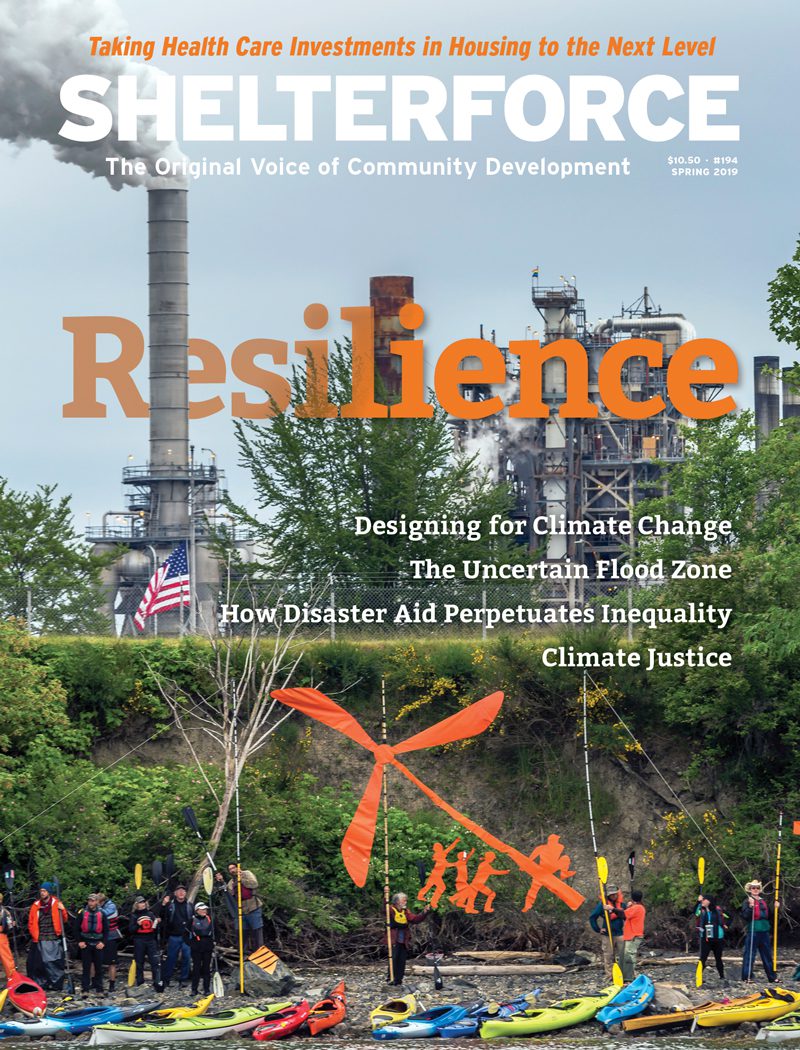

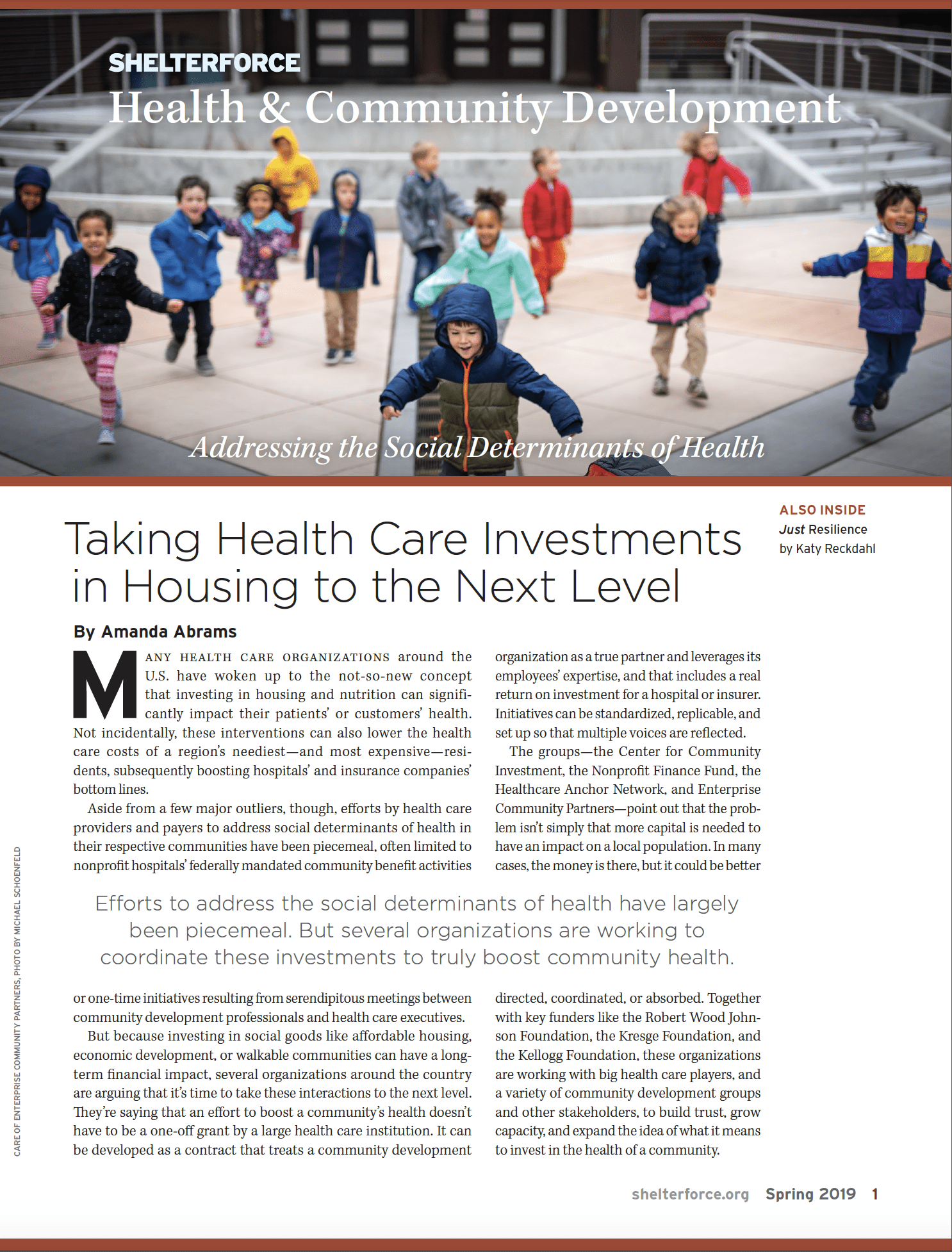
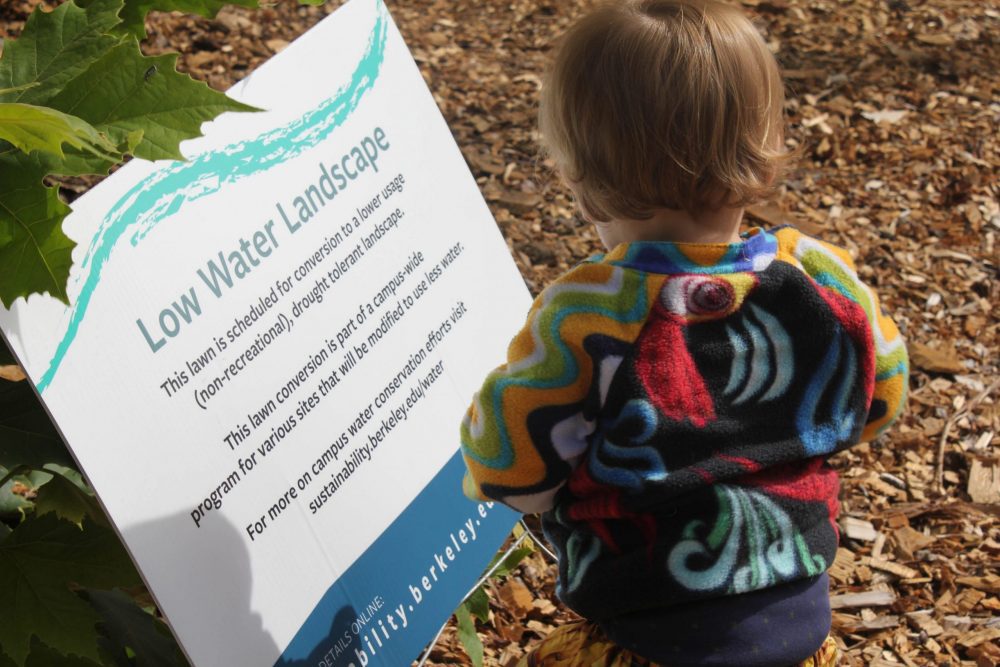
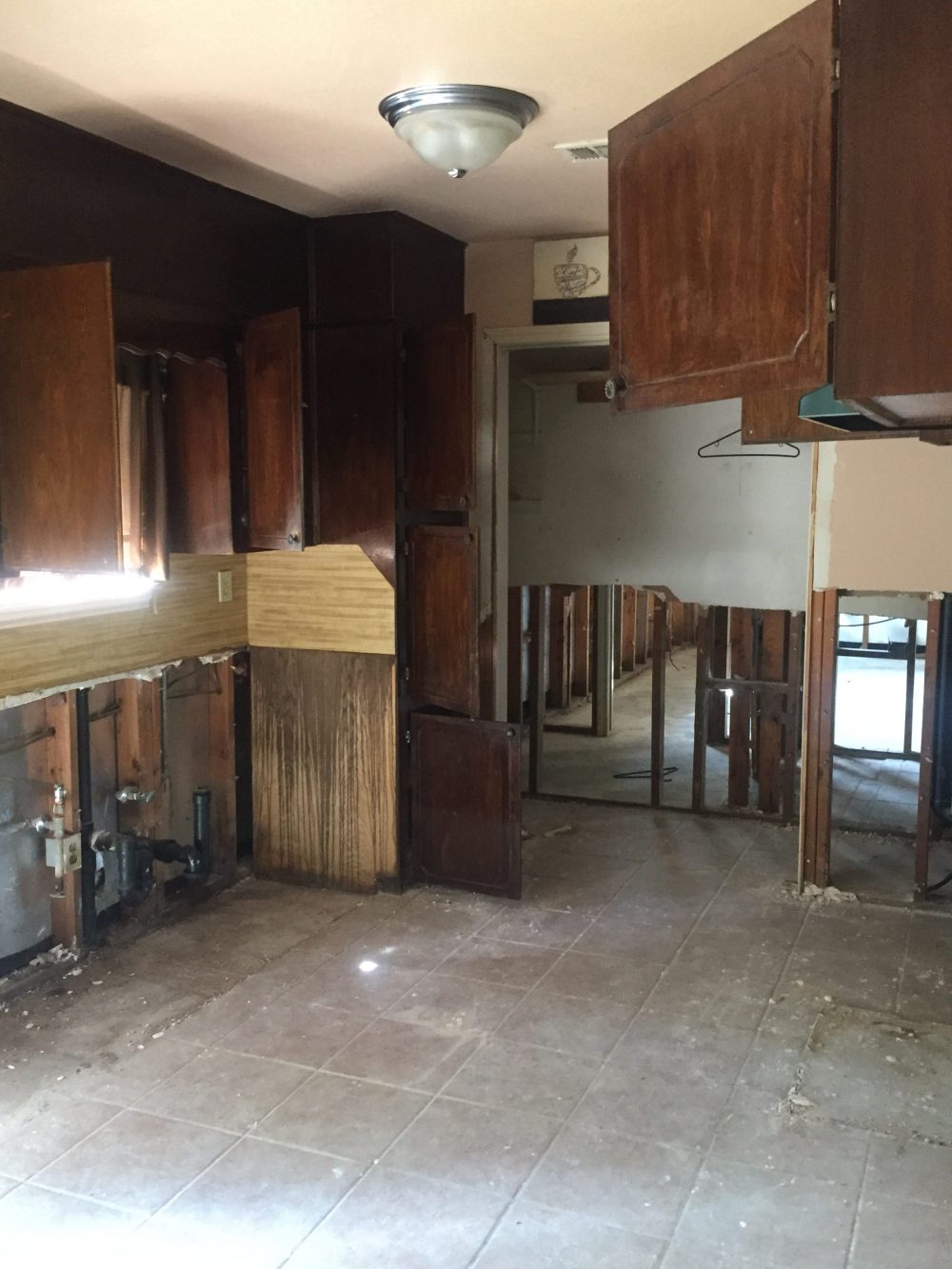
Comments